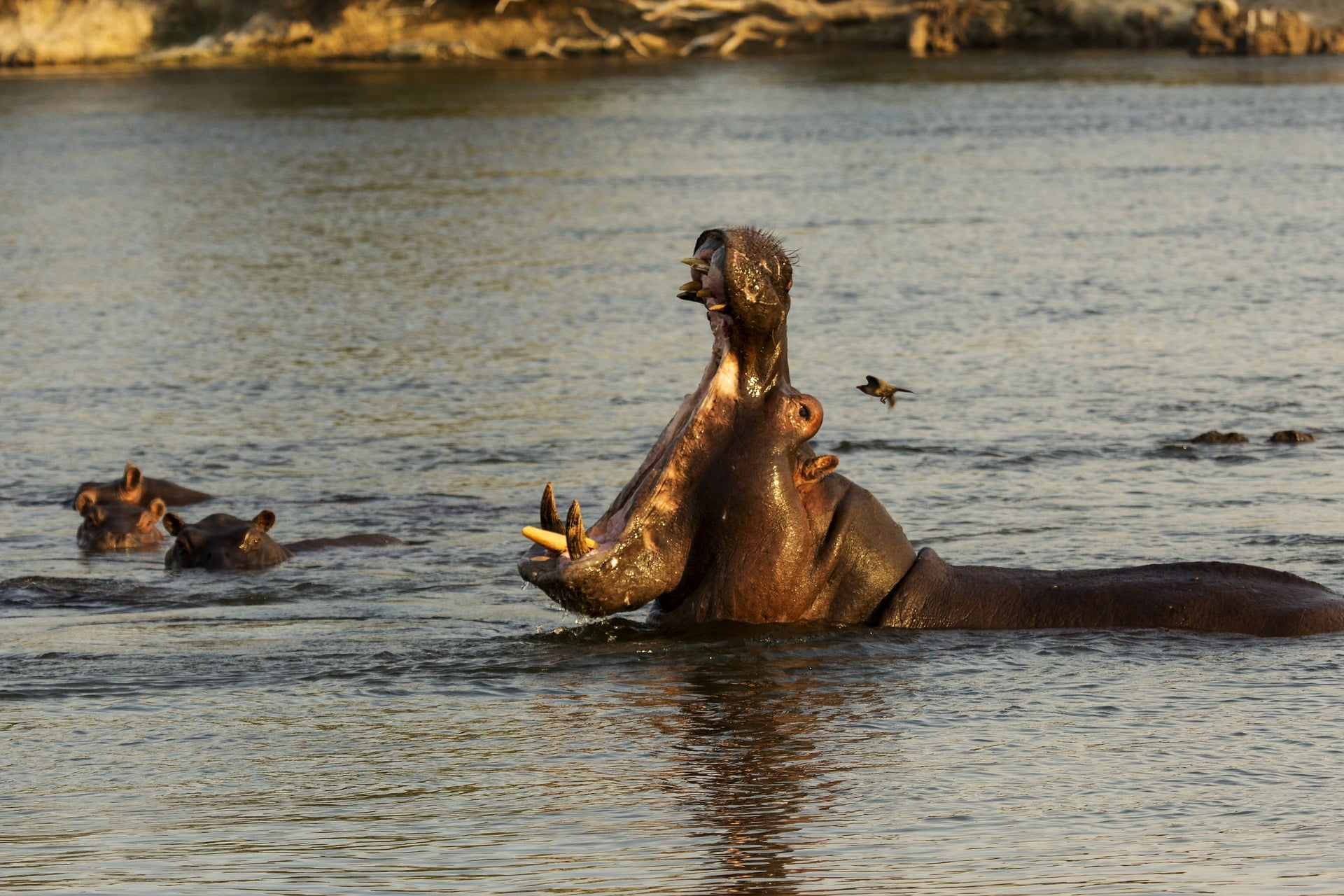Pablo Escobar’s Hippos Are Terrorizing Colombians & the Local Ecosystem
Pablo Escobar, a name synonymous with the narcotics trade, left behind a legacy in Colombia that extended far beyond his vast drug empire. One of the most unexpected and bizarre remnants of his reign is a herd of hippos, originally imported as part of his private zoo. These animals, having no natural predators in South America, have proliferated, causing environmental and safety concerns for local communities. But to understand the entire story, one must first delve into who Pablo Escobar was and why these seemingly out-of-place creatures are still making headlines today.

Pablo Escobar: The Kingpin’s Rise and Fall
Pablo Emilio Escobar Gaviria was born in 1949 in Rionegro, Colombia. Rising from poverty, he built an unparalleled narcotics empire that at its peak supplied 80% of the world’s cocaine. With his immense wealth (estimated at $30 billion), he could indulge his every whim, which led to the acquisition of a vast estate, Hacienda Nápoles, where he built a private zoo.
However, his success came at a cost. Throughout the 1980s and early 1990s, Escobar’s Medellín Cartel was involved in a brutal campaign of violence against both Colombian authorities and rival drug gangs. The term “narco-terrorism” was coined in response to Escobar’s tactics which included bombings, assassinations, and kidnappings.
The Colombian government, with significant assistance from the U.S., launched an all-out manhunt for Escobar. His reign ended on December 2, 1993, when he was killed in a rooftop shootout in Medellín.

The Hippos of Hacienda Nápoles
Among the many exotic animals that Escobar housed in his zoo—ranging from elephants to giraffes—were four hippos: one male and three females. These animals were smuggled into the country during the early 1980s. When Escobar was killed, the Colombian government took control of Hacienda Nápoles. Most of the animals were relocated to zoos and sanctuaries, but the hippos, given their size and aggressive nature, were left behind, deemed too difficult to move.
Freed from their enclosures, these hippos made themselves at home in Colombia’s waterways. With ample food, a suitable habitat, and no natural predators, their population exploded. From the original four, there are now estimated to be over 80 hippos roaming the area.
The Impact and Danger of the Hippos Today
While hippos might seem like an amusing oddity in the Colombian landscape, they pose very real problems.
Environmental Concerns: Hippos are herbivores and consume vast amounts of vegetation. This can lead to significant changes in the local ecosystem, affecting both plant and animal species. They also produce large amounts of waste, which can impact water quality in the lakes and rivers they inhabit.
Threat to Humans: Hippos are often seen as docile creatures, but they are, in fact, one of the most dangerous animals in Africa. Reports from local Colombian communities include stories of hippos chasing people and even attacking small boats. These reports are consistent with the behavior of hippos in Africa, where they are known to be both territorial and aggressive.
News Reports: Recent news stories have focused on the challenges of managing the growing hippo population. In early 2020, a farmer was seriously injured by a hippo, reigniting debates about their presence in the region. The Colombian government has experimented with various solutions, including sterilization and relocation. However, these efforts have been hampered by a lack of resources and public opposition to culling the animals.
Moreover, the hippos have become something of a tourist attraction, with some locals reluctant to remove what they see as a part of Escobar’s legacy and a draw for visitors. This sentiment underscores the complexity of the issue and the challenge of finding a solution that satisfies both safety and environmental concerns.

Conclusion on Pablo Escobar’s Hippos
The hippos of Hacienda Nápoles serve as a living testament to the excesses of Pablo Escobar’s reign. Their presence in Colombia’s rivers and lakes is a bizarre footnote in the story of one of history’s most infamous drug lords. While they may be a curiosity for tourists and a part of the region’s modern folklore, the challenges they pose are very real. As Colombia continues to grapple with the legacy of its narco past, the hippos stand as a reminder of the unexpected and far-reaching consequences of that era.







